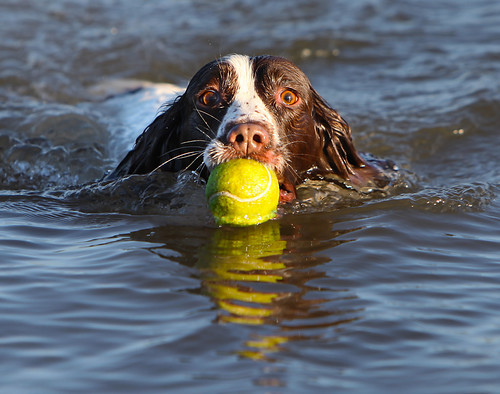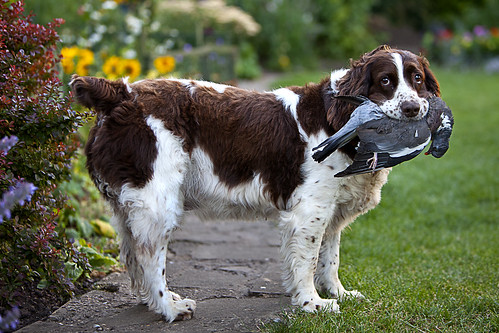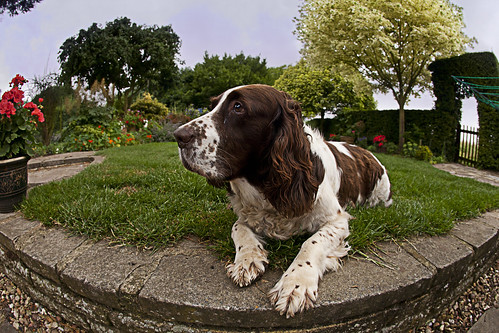I have owned three Vauxhall Cavaliers - the only model of car I’ve purchased more than once.
The first was a 1.3L Mk II model and it arrived in 1982. The car was launched at the end of 1981, so I was among the vanguard.
Back then, the procedure when my company car was due for a change was to ask the fleet manager for a list of the cars you could have within your band. My band said I could have a car up to 1.3 litres, depending upon cost and now I had a family, I could choose a four-door car of a size bigger than the Talbot Horizon I was replacing. Favourite seemed a Ford Cortina 1.3L, but I was a real snob at the time (not about owning a Ford Cortina - that would have been fine - I was concerned about having “only” a 1.3-litre car).
We’d been for a test drive in a Cortina from Peterborough Motors, which was sited in the centre of the city then, occupying the space between Brook Street and New Road, just across from the market. The 1.3 Cortina was certainly underpowered. The heavier bodywork on the Mk III model made a big difference to the feeling of quality, but it took some lugging around and 60bhp just wasn’t enough. It was OK when you got going - the car would cruise along at 80mph, but it took ages to get there and overtaking would need very careful planning.
The Cavalier didn’t have any badges to say it was a 1.3 or a 1.6 and its 1.3-litre engine developed 75bhp, which was as much as the 1.6 engine in the Cortina. This was a critical factor, not only did the Cavalier have much more power, it didn’t have any badges to advertise that you were driving only a 1.3 model. A bonus was that it had a radio, cloth seats and head-restraints.
The Mk I Cavalier had been a rear-wheel-drive four-door saloon - a direct competitor to the Ford Cortina. It had done all right, but never threatened the Cortina in the sales charts.
Now Vauxhall was proving quicker to adopt front-wheel drive than Ford, which retained rear-wheel drive on the Cortina’s successor (the Sierra). I have never really worried about rear-wheel-drive cars, I prefer the balance of handling although they are not as easy to drive in the wet or snow. Interestingly, I’ve now gone full circle and my last two cars at the time of writing - a Mercedes and a BMW - have both been rear-wheel drive.
The Cavalier was the first car I owned with an automatic choke. Back in the day, cars had carburettors rather than fuel injection and the high-performance models would have twin-choke carbs (with two inlets for improved gas flow) or twin carbs (sometimes a bugger to keep in balance, especially as they got older and components were worn.
To start a car from cold (and each car had its own particular starting technique), you’d pull out a button which would apply the choke. This restricted the air-flow into the engine and made the fuel/air mixture richer. A lot of people, especially those who were not mechanically minded (women drivers) found the choke a real problem. How far should it be pulled out, when should it be pushed in, when should it be used? Often chokes were left out, so fuel consumption rocketed and cars spluttered to a stop; they weren't pulled out and cars wouldn't start or they were pulled out when an engine was hot and the engine would be flooded.
The auto choke was designed to do away with that and it generally did. Volkswagen was one of the first adopters of the auto choke (in my experience) and there were anecdotal tales of fuel consumption going through the roof.
The Cavalier worked pretty well and it was a really good car in many ways. I'd say it was something of a bridge between badly designed, badly built cars that we put up with in the 1970s and the well-built vehicles that finally started to arrive in the 1990s.
It had some features - cloth seats, radio, servo brakes - as standard; I liked that it had head-restraints. Having a growing family - Sam would have arrived about this time - I was more safety conscious so I appreciated the head-restraints and I also got a white car because I'd read they were easier to see and people were less likely to pull out in front of you.
Compared to the Horizon, the Cavalier had loads of interior space, hard (but comfy) seats and a massive boot.
It was a much better car than the Cortina and should really have won European Car of the Year, but was beaten by the Renault 9 (French fix!). Ford’s new Sierra was somewhat radically styled and it wasn’t going down well with the British public. The Cavalier out-sold the Sierra in 1984 and again in 1985, but Ford’s fleet operation was unbeatable and by the time the second-generation Cavalier was discontinued to make way for a new model in 1988, the Sierra was almost twice as popular.
Vauxhall sold 807,624 Mk II Cavaliers between 1981 and 1988. By December 1989, it was the third most common car on British roads
I really liked the Cavalier. It was fast for a 1.3, no power steering (so a bit heavy to park) and a bit nose heavy when cornering, but nothing like the massive understeer of the Marina. The one thing I really remember about it was there was a strange induction hiss when you opened the throttle past half-way. I guess it opened a second choke in the carb or something. It sounded odd, but didn't impact on performance or economy.
I didn't have the Cavalier much more than a year. I got a job as Group Features Editor, which meant my car went up a grade and I could get a 1.6. The Cavalier was passed to Peter Corder, who took over from me as Sports Editor and bits immediately started to go wrong. Oddly, all the locks failed, so he ended up with three keys - one for the ignition, one for the door and one for the boot. It also started to show some surface rust.
Design had improved, but build quality still left a lot to be desired. In August 2006, Auto Express magazine named the Mk II Cavalier as the country's sixth most scrapped car of the last 30 years, with just 6,343 still in working order. By December 2009, that figure had fallen to a mere 1,289.
A contributing factor was that the Mk II Cavalier was one of the most stolen cars of the 1980s and early 1990s and they were particularly popular with joy-riders because of their better-than-average performance and the fact it was easy to break into and start. Other factors included corrosion and premature camshaft wear.
Also see:
Ford Popular - click
Bedford HA Van - click
Morris Mini - click
Vauxhall Viva HC - click
Citroen GS Club - click
Morris Marina 1.3GL - click
Ford Popular - click
Bedford HA Van - click
Morris Mini - click
Vauxhall Viva HC - click
Citroen GS Club - click
Morris Marina 1.3GL - click
Talbot Horizon 1.1 LS - click




